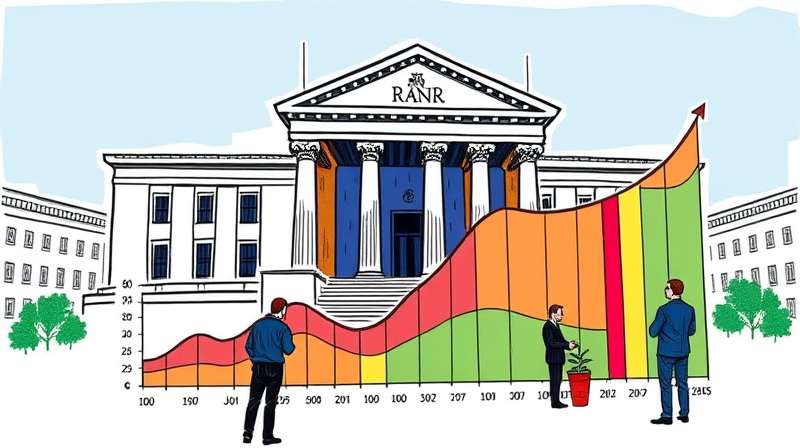
Global stock markets have rallied in unison as inflationary pressures abate, offering investors an opportunity to reassess portfolios and seize new growth avenues.
In mid-2025, the world economy appears on firmer ground. Economists have revised broad-based economic growth forecasts upward for several major regions, signaling stronger second-half momentum. Real GDP projections for 2025–26 have moved higher, underpinned by resilient consumer spending, industrial recovery, and renewed trade flows.
Concurrently, inflation data have surprised to the downside. Core CPI rates across advanced economies have trended toward 3%, down from peaks of earlier quarters. This moderation reflects easing commodity prices, improved supply chain dynamics, and central bank vigilance. Yet, services inflation remains somewhat sticky thanks to tight labor markets and lasting wage pressures.
Equity indices around the world have responded positively to the cooler inflation backdrop. Through late June 2025, eight out of nine major global benchmarks posted gains year to date. Investor optimism has driven many indices within a few percentage points of all-time highs, a testament to the resilience of market sentiment in the face of earlier volatility.
*Outperformance vs. S&P 500 by 15% in Q1 and 3% in Q2.
The United States recovered from a 17% discount to fair value in early 2025, trading at roughly a 3% discount by late May. This rebound underscores the power of improving inflation data to restore investor confidence. Meanwhile, Europe has led the charge, with the S&P Europe 350 outpacing the S&P 500 by 18% so far this year.
Emerging markets have also enjoyed substantial gains. Latin American equities rose over 11% in Q2 alone, buoyed by commodity rebounds and strong domestic demand. Asian markets present a mixed picture: China’s Shanghai Composite has advanced as policymakers support growth, while Japan’s equity markets lag due to regional headwinds and monetary tightening.
Several interlinked drivers explain the equity rally. First, cooler inflation has sharpened expectations that major central banks, including the Fed and ECB, will hold rates steady or even initiate cuts later in the year. This prospect lowers discount rates on future earnings and enhances the present value of corporate profits.
Second, currency movements have shifted the investment landscape. A softer US dollar makes international assets more attractive and boosts the dollar-denominated returns of non-US equities. At the same time, stable earnings growth outside the United States has lured investors seeking higher yields and diversification benefits.
With markets trending higher, investors should consider practical steps to align portfolios with evolving conditions. Diversification across geographies and sectors can help mitigate concentration risk and harness growth in different regions.
In the U.S., technology and other growth-oriented sectors have outperformed, but valuations now appear rich. European financials and industrials offer more attractive entry points, backed by robust corporate earnings and potential policy support. Emerging market equities, once overweighted with risk, are regaining favor as commodity cycles turn and domestic reforms take hold.
Despite the positive run, several risks warrant close monitoring. Core services inflation remains elevated in many economies, and persistent wage growth could complicate central bank decisions. A sudden uptick in inflation may force rate hikes, derailing the current rally.
Geopolitical and policy uncertainties also loom large. Renewed trade tensions or supply chain disruptions could underpin volatility. Fiscal policy shifts, especially in major economies like the U.S. and Germany, may alter growth trajectories and market sentiment.
The cooling of global inflation has provided a powerful catalyst for equity markets, driving returns across regions and sectors. While optimism abounds, prudent investors will balance enthusiasm with caution, diversifying portfolios and preparing for potential volatility ahead.
By embracing calibrated diversification strategies and staying vigilant about emerging risks, investors can position themselves to benefit from the broadening market leadership and sustained global growth forecast for the remainder of 2025.
References













